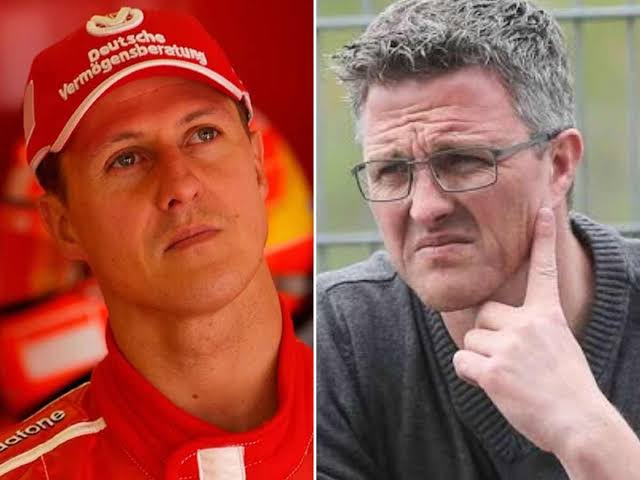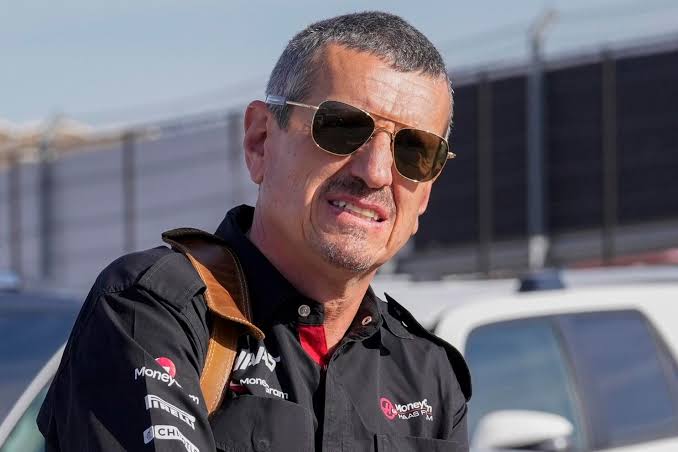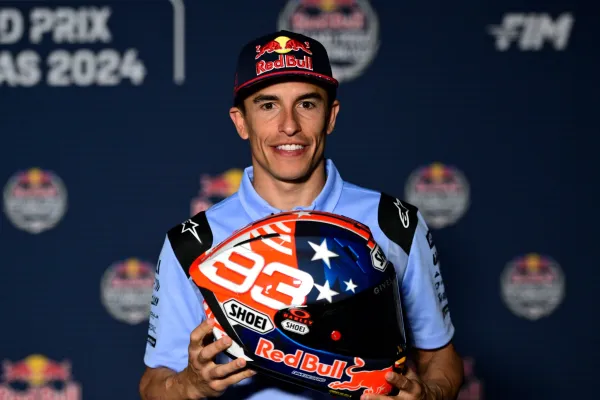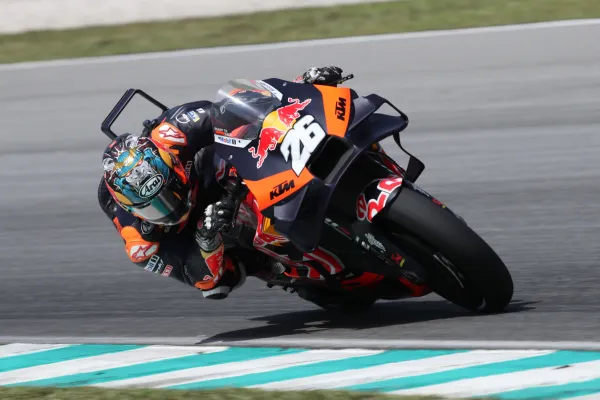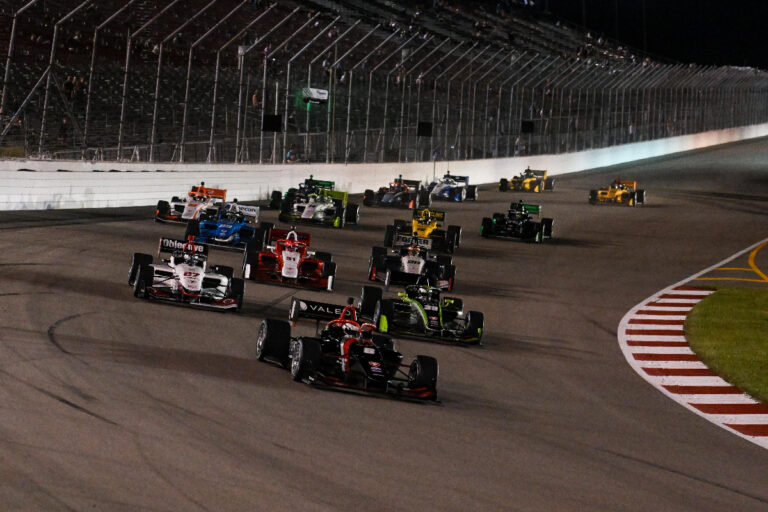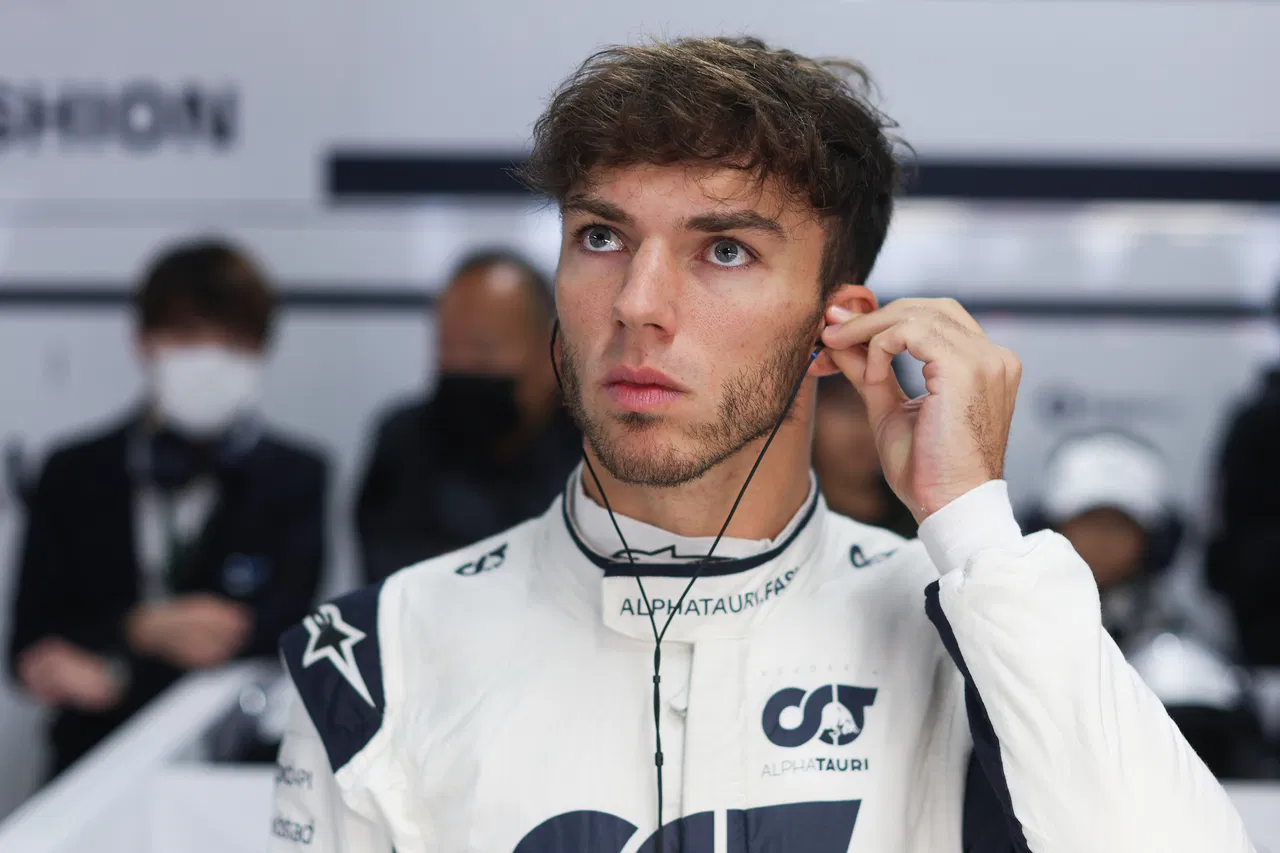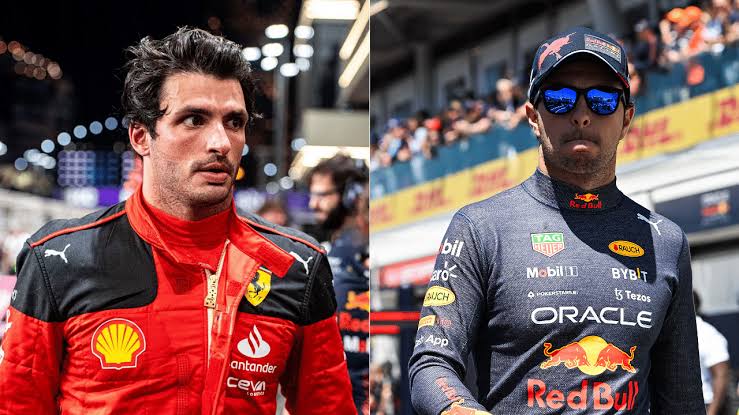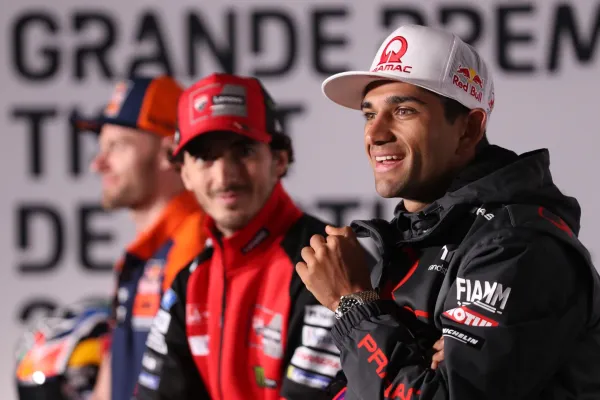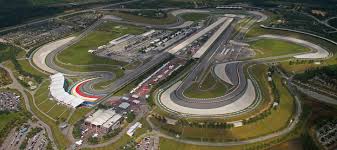5 Times When Players Were Accused Of Cheating In F1
Formula 1, the pinnacle of motorsport, has always been a hotbed of innovation and creativity. Teams and drivers push the boundaries of technology and skill in their quest for victory.
However, in this high-stakes world, there have been instances when players were accused of crossing the line, resorting to cheating, or bending the rules to gain an unfair advantage. Here are five memorable moments when F1 players faced allegations of cheating:
1. Spygate, McLaren, 2007 Season:
The 2007 season witnessed the explosive ‘Spygate’ scandal that rocked Formula 1. It all began when Ferrari’s chief mechanic, Nigel Stepney, was suspended for “irregularities discovered at the Ferrari factory.” Ferrari took legal action against a McLaren employee, later revealed to be chief designer Mike Coughlan.
Stepney had allegedly shared a trove of Ferrari documentation—nearly 800 pages of secrets—with Coughlan. These documents were suspected to contain confidential technical information. McLaren initiated an investigation, concluding that no Ferrari documents had been incorporated into their cars.
Despite their internal findings, the FIA conducted its own inquiry and found that McLaren was indeed in possession of these documents. However, there was no concrete evidence to suggest that Ferrari’s design secrets had been integrated into McLaren’s cars.
As new evidence surfaced, McLaren faced severe consequences. The team was disqualified from the constructors’ championship and fined an astounding $100 million. While the drivers were allowed to continue competing for the drivers’ title, the heated battle between Fernando Alonso and Lewis Hamilton ultimately paved the way for Kimi Räikkönen to claim the 2007 championship.
2. Crashgate, Renault, 2008 Singapore Grand Prix:
The ‘Crashgate’ scandal unfolded during the 2008 season, with Renault at the center of the controversy. As the Singapore Grand Prix approached, the team, boosted by Fernando Alonso’s return, was on an upswing.
During the race, Nelson Piquet Jr., Alonso’s teammate, mysteriously crashed into the wall at Turn 17, triggering a safety car. With the pit lane closed due to the safety car period, Alonso benefited from excellent timing.
However, it was later revealed that this crash had been orchestrated. Piquet claimed that Renault team management, including Flavio Briatore and Pat Symonds, had instructed him to crash intentionally. This act aimed to trigger the safety car, offering Alonso a strategic advantage.
Piquet’s allegations were eventually corroborated, leading to significant repercussions for Renault. Briatore and Symonds left the team in 2009 after these allegations came to light. Symonds received a five-year ban for his role in the conspiracy, while Briatore faced a lifetime ban from holding any position within an F1 team. Renault’s title sponsor, ING, also severed ties with the team. Although Briatore’s and Symonds’ bans were later overturned, Briatore has not returned to Formula 1 in an official capacity.
3. Water-Cooled Brakes, Brabham and Williams, 1982 Season:
The early 1980s marked the onset of the turbocharged era in Formula 1. Turbo engines offered a substantial power advantage, though naturally aspirated cars with lighter engines had a weight advantage. To equalize the competition, Formula 1 imposed a minimum weight requirement, which could be achieved using ballast.
Brabham, Williams, and McLaren, the leading naturally aspirated teams, devised a clever plan. They introduced water-cooled brakes with overfilled water tanks at the beginning of races. During the race, this excess water was released towards the brakes, allowing the cars to run underweight.
Teams could then refill the water tanks post-race, ensuring that the cars met the weight regulations during inspections. However, when Brabham’s Nelson Piquet and Williams’ Keke Rosberg claimed the top two spots at the 1982 Brazilian Grand Prix, their rivals protested. This led to the discovery of the water-cooled brake ploy.
Formula 1’s governing body took swift action and put an end to this practice. Subsequently, Brabham’s and Williams’ results from the 1982 Brazilian Grand Prix were disqualified.
4. Running Underweight—Tyrrell, 1984 Season:
In the early 1970s, Tyrrell had established itself as a formidable team in Formula 1. However, with the sport’s budgets skyrocketing, Tyrrell struggled to compete. They continued to use naturally aspirated Cosworth DFY V8 engines while turbocharged powertrains became the norm.
Tyrrell adopted a controversial strategy to compensate for their power deficit. They designed their 012 car to run underweight. This approach allowed the team to use ballast to bring the car up to the required weight.
Furthermore, Tyrrell’s pit stops included a mix of water and lead shot, which added weight to the car. Teams couldn’t refuel their cars during races, but topping up water was allowed. This scheme permitted Tyrrell to run underweight for a substantial portion of the race, but it didn’t go unnoticed.
Other teams reported seeing a spilled lead shot in Tyrrell’s pit box. Ultimately, Tyrrell was caught, and their results from the entire 1984 season were disqualified. Drivers Martin Brundle and Stefan Bellof were also banned from participating in the final three races of the year.
5. Secret Fuel Tank (BAR, 2005):
The BAR team, coming off a successful 2004 season, was eager to maintain its competitive edge in 2005. However, they struggled with their new 007 chassis, leading them to seek unconventional solutions.
In a bid to gain an advantage, BAR engineers developed a clandestine fuel tank system. This hidden mechanism allowed them to store extra fuel secretly, possibly providing a weight advantage during races and enhancing the car’s performance.
BAR’s ingenious but ethically questionable tactic did not go unnoticed. Rival teams and FIA officials began to suspect foul play. Subsequent investigations revealed the presence of the secret fuel tank, resulting in harsh penalties for BAR.
The team was disqualified from the entire 2005 season and handed a two-race ban. The BAR case serves as a stark reminder that while innovation is encouraged in Formula 1, certain boundaries must never be crossed. Fair competition and adherence to the rules are fundamental to preserving the sport’s integrity.
In the high-pressure world of Formula 1, where the margin between success and failure is razor-thin, the temptation to cheat or push the limits is ever-present. These five incidents are a testament to the sport’s commitment to maintaining fairness and integrity, even in the face of controversy.


